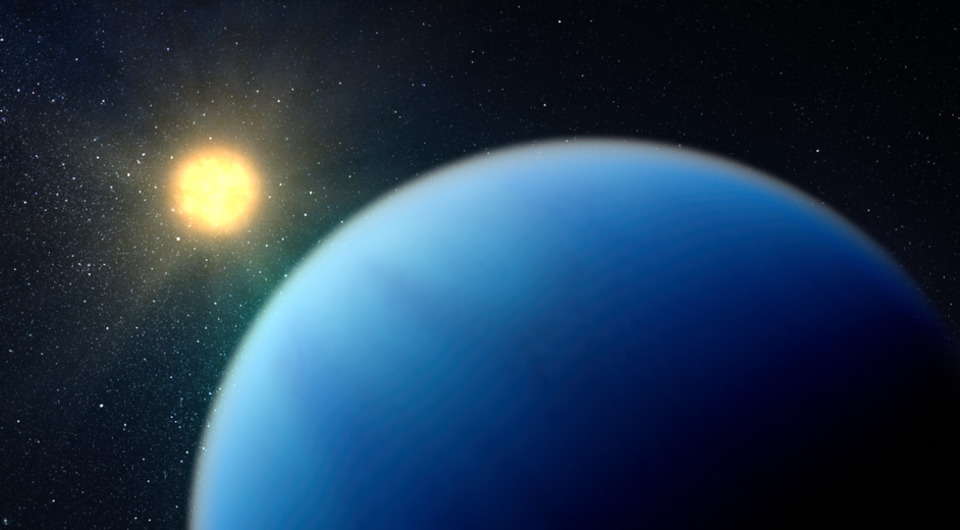An international team of researchers reported the discovery of two sub-Neptunes. They orbit red dwarfs close to Earth.

The discovery was made during the analysis of data collected by the TESS telescope. During its observations, it was able to detect periodic changes in the brightness of a pair of red dwarfs relatively close to the Sun.
Subsequent observations showed that we were talking about a pair of sub-Neptunes. The radius of the first exoplanet (TOI-2084 b) exceeds the radius of the Sun by 2.47 times. Its mass is estimated at 6.74 Earth masses, and the period of orbit is 0.05 AU (6 million km). The equilibrium temperature of its surface is 253.85 °C.
The second exoplanet (TOI-4184 °C) is also a super-Earth. Its mass is 6.6 times, and its radius is 2.43 times the radius of the Earth. The equilibrium temperature of the exoplanet is estimated at 150 °C.
According to the researchers, both exoplanets belong to the sub-Neptunes and fall on the near border of the so-called “sub-Neptune desert”. This is the name of the area near the star, in which there are practically no planets the size of Neptune — only large gas giants or barren super-Earths without an atmosphere. Scientists attribute this to the fact that at such a short distance from the star, insufficiently massive planets cannot hold their atmosphere, and as a result, only a rocky core remains from them.
Recall that astronomers have recently found a world with metallic clouds.
Follow us on Twitter to get the most interesting space news in time
https://twitter.com/ust_magazine

